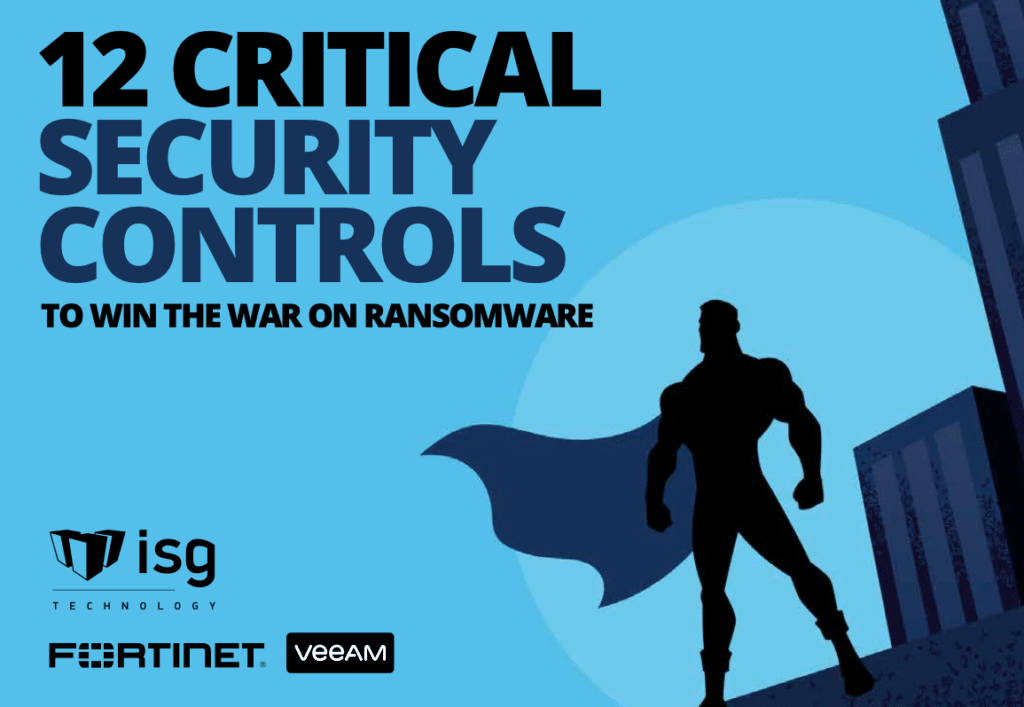Patch & Vulnerability Management
Patch and vulnerability management are essential pillars of proactive cybersecurity. They enable organizations to pinpoint and rectify software vulnerabilities quickly, which mitigates the risk of cyberattacks.
A recent study by the Ponemon Institute has revealed a disconcerting fact: a staggering 60% of data breaches occur due to neglected patches. Keep reading to understand how best-in-class IT teams handle patching and vulnerability management.
The Significance of Patch Management
Patch management acts as a shield against cyber threats. It ensures that software, operating systems, and applications are up-to-date with the latest updates. Without these patches, your business’s system is much more vulnerable to attacks.
Follow these 6 best practices to keep your vulnerability low:
1. Install Patches Quickly
Timely application of patches is instrumental in reducing the likelihood of successful attacks. Automate and test your patch management processes to enhance efficiency—this will allow your organization to respond swiftly to emerging threats.
2. Reduce Your Attack Surface
Unpatched software creates an easy entry point for attackers. Regular patching will significantly reduce an organization’s attack surface, which makes it challenging for malicious actors to find vulnerabilities and gain access to your sensitive data.
3. Mitigate Zero-Day Vulnerabilities
A zero-day threat is a cybersecurity vulnerability that is exploited by hackers before the vendor becomes aware of it, leaving users with zero time to fix or defend against them. Rapid patching is pivotal in reducing the impact of zero-day vulnerabilities.
4. Use Proactive Vulnerability Management
Proactive vulnerability management identifies potential weaknesses before they are exploited. It involves scanning for vulnerabilities in your network with methods such as automated tools and manual assessments.
5. Continuously Monitor for Compliance
Vulnerability management ensures that systems remain secure and compliant with industry regulations. Regular vulnerability assessments are essential for meeting compliance requirements and fostering a secure environment.
6. Utilize Penetration Testing
Penetration testing (pen testing) involves simulating cyberattacks to identify system weaknesses. It’s integral for proactive vulnerability management, as it ensures robust defenses against potential threats.
By adopting these practices, organizations can not only thwart potential attacks but also create a security-aware culture that is vital in today’s digital age.
Read On
If you’re interested in learning more about the controls needed to secure cyber insurance, be sure to check back tomorrow at 9 AM CST for our segment on Secured, Encrypted, & Tested Backups.

